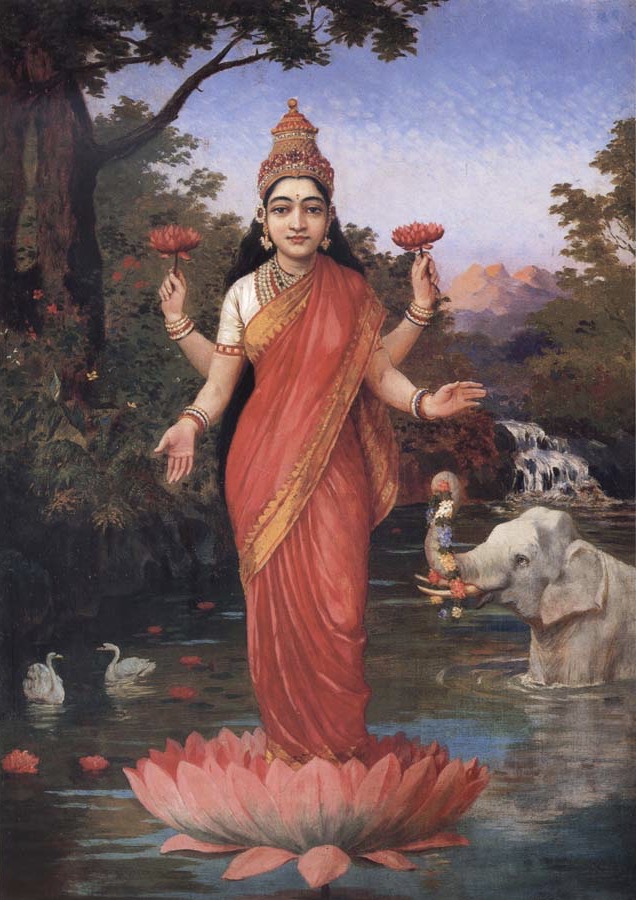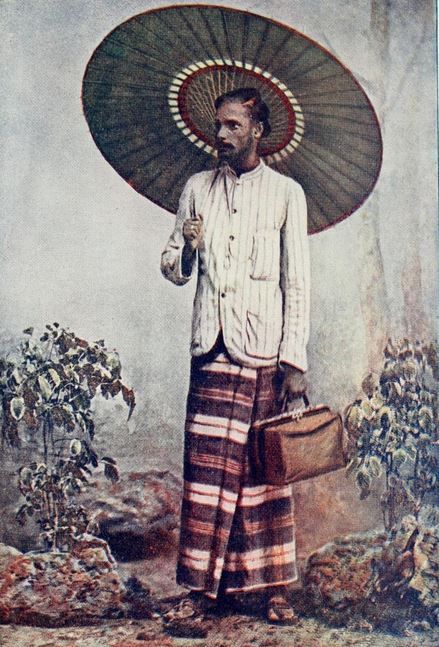|
H. K. Dharmadasa
Deshamanya Hewa Komanage Dharmadasa (17 June 1920 – 10 August 2011), known as ''Navaloka Mudalali'', was a business magnate, philanthropist and chairman of the Navaloka Group of companies. It is one of the leading private sector organizations in Sri Lanka. He was a philanthropist and the Nawaloka Hospital was his brainchild in the health sector. Sunday Times, Retrieved on 20 June 2010. See also *Deshamanya
Deshamanya ( si, දේශමාන්ය, translit=Dēshamāṉya; ta, தேசமான்� ...
[...More Info...] [...Related Items...] OR: [Wikipedia] [Google] [Baidu] |
Sri Lanka
Sri Lanka (, ; si, ශ්රී ලංකා, Śrī Laṅkā, translit-std=ISO (); ta, இலங்கை, Ilaṅkai, translit-std=ISO ()), formerly known as Ceylon and officially the Democratic Socialist Republic of Sri Lanka, is an island country in South Asia. It lies in the Indian Ocean, southwest of the Bay of Bengal, and southeast of the Arabian Sea; it is separated from the Indian subcontinent by the Gulf of Mannar and the Palk Strait. Sri Lanka shares a maritime border with India and Maldives. Sri Jayawardenepura Kotte is its legislative capital, and Colombo is its List of cities in Sri Lanka, largest city and financial centre. Sri Lanka has a population of around 22 million (2020) and is a multinational state, home to diverse cultures, languages, and ethnicities. The Sinhalese people, Sinhalese are the majority of the nation's population. The Tamils, who are a large minority group, have also played an influential role in the island's history. Other long establ ... [...More Info...] [...Related Items...] OR: [Wikipedia] [Google] [Baidu] |
Nawaloka Hospital
Nawaloka Hospital traded as Nawaloka Hospitals PLC, was established in 1985 by Deshamanya H. K. Dharmadasa. Nawaloka Hospital is one of Sri Lanka's largest private hospitals and has created a chain of hospitals across the country. It was founded by H.K. Dharmadasa in 1985. It is also the first hospital in Sri Lanka to introduce Intensive Care Units, Coronary Care Units, Laparoscopic Surgery and Thoracic Surgery. History It was founded by business magnate H.K. Dharmadasa (aka ''Nawaloka Mudalai'') in 1985 as the first corporate private hospital in Sri Lanka. Nawaloka Hospital Group was listed on the Colombo Stock Exchange in 2004. The hospital has more than 400 beds and 1,000 staff members. In 2011 Nawaloka was awarded ISO 9001:2008 Certification. In 1987 introduced first CT scan and MRI scan in Sri Lanka. Nawaloka Hospital won the first Sri Lanka quality award in 1998. Services Nawaloka Medical Centres Nawaloka controls 10 medical centre network island wide. Nawaloka launch ... [...More Info...] [...Related Items...] OR: [Wikipedia] [Google] [Baidu] |
Deshamanya
Deshamanya ( si, දේශමාන්ය, translit=Dēshamāṉya; ta, தேசமான்ய, translit=Tēcamāṉya; Pride of the Nation) is the second-highest national honour of Sri Lanka awarded by the Government of Sri Lanka as a civil honour. It is awarded for "''highly meritorious service''", and is conventionally used as a title or prefix to the recipient's name. Recipients ;1986 * P. R. Anthonis – surgeon and academic * Gamani Corea – economist, civil servant and diplomat * M. C. M. Kaleel * Malage George Victor Perera Wijewickrama Samarasinghe * Miliani Sansoni – Chief Justice of Ceylon * Victor Tennekoon – Chief Justice of Ceylon ;1987 * Edwin Felix Dias Abeysinghe * Neville Kanakeratne – diplomat * V. Manicavasagar – Supreme Court Justice, Chancellor University of Jaffna * Wijetunga Mudiyansela Tillekeratne ;1988 * Hector Wilfred Jayewardene – lawyer, member United Nations Commission on Human Rights * Thambiah Sivagnanam ;1989 * ... [...More Info...] [...Related Items...] OR: [Wikipedia] [Google] [Baidu] |
1919 Births
Events January * January 1 ** The Czechoslovak Legions occupy much of the self-proclaimed "free city" of Pressburg (now Bratislava), enforcing its incorporation into the new republic of Czechoslovakia. ** HMY ''Iolaire'' sinks off the coast of the Hebrides; 201 people, mostly servicemen returning home to Lewis and Harris, are killed. * January 2– 22 – Russian Civil War: The Red Army's Caspian-Caucasian Front begins the Northern Caucasus Operation against the White Army, but fails to make progress. * January 3 – The Faisal–Weizmann Agreement is signed by Emir Faisal (representing the Arab Kingdom of Hejaz) and Zionist leader Chaim Weizmann, for Arab–Jewish cooperation in the development of a Jewish homeland in Palestine, and an Arab nation in a large part of the Middle East. * January 5 – In Germany: ** Spartacist uprising in Berlin: The Marxist Spartacus League, with the newly formed Communist Party of Germany and the Independent Social D ... [...More Info...] [...Related Items...] OR: [Wikipedia] [Google] [Baidu] |
2011 Deaths
This is a list of deaths of notable people, organised by year. New deaths articles are added to their respective month (e.g., Deaths in ) and then linked here. 2022 2021 2020 2019 2018 2017 2016 2015 2014 2013 2012 2011 2010 2009 2008 2007 2006 2005 2004 2003 2002 2001 2000 1999 1998 1997 1996 1995 1994 1993 1992 1991 1990 1989 1988 1987 See also * Lists of deaths by day * Deaths by year {{DEFAULTSORT:deaths by year ... [...More Info...] [...Related Items...] OR: [Wikipedia] [Google] [Baidu] |
Sri Lankan Buddhists
Shri (; , ) is a Sanskrit term denoting resplendence, wealth and prosperity, primarily used as an honorific. The word is widely used in South and Southeast Asian languages such as Marathi, Malay (including Indonesian and Malaysian), Javanese, Balinese, Sinhala, Thai, Tamil, Telugu, Hindi, Nepali, Malayalam, Kannada, Sanskrit, Pali, Khmer, and also among Philippine languages. It is usually transliterated as ''Sri'', ''Sree'', ''Shri'', Shiri, Shree, ''Si'', or ''Seri'' based on the local convention for transliteration. The term is used in Indian subcontinent and Southeast Asia as a polite form of address equivalent to the English "Mr." in written and spoken language, but also as a title of veneration for deities or as honorific title for local rulers. Shri is also another name for Lakshmi, the Hindu goddess of wealth, while a ''yantra'' or a mystical diagram popularly used to worship her is called Shri Yantra. Etymology Monier-Williams Dictionary gives the meaning of the r ... [...More Info...] [...Related Items...] OR: [Wikipedia] [Google] [Baidu] |
Sri Lankan Philanthropists
Shri (; , ) is a Sanskrit term denoting resplendence, wealth and prosperity, primarily used as an honorific. The word is widely used in South and Southeast Asian languages such as Marathi, Malay (including Indonesian and Malaysian), Javanese, Balinese, Sinhala, Thai, Tamil, Telugu, Hindi, Nepali, Malayalam, Kannada, Sanskrit, Pali, Khmer, and also among Philippine languages. It is usually transliterated as ''Sri'', ''Sree'', ''Shri'', Shiri, Shree, ''Si'', or ''Seri'' based on the local convention for transliteration. The term is used in Indian subcontinent and Southeast Asia as a polite form of address equivalent to the English "Mr." in written and spoken language, but also as a title of veneration for deities or as honorific title for local rulers. Shri is also another name for Lakshmi, the Hindu goddess of wealth, while a ''yantra'' or a mystical diagram popularly used to worship her is called Shri Yantra. Etymology Monier-Williams Dictionary gives the meaning of the r ... [...More Info...] [...Related Items...] OR: [Wikipedia] [Google] [Baidu] |
Sinhalese People
Sinhalese people ( si, සිංහල ජනතාව, Sinhala Janathāva) are an Indo-Aryan ethnolinguistic group native to the island of Sri Lanka. They were historically known as Hela people ( si, හෙළ). They constitute about 75% of the Sri Lankan population and number more than 16.2 million. The Sinhalese identity is based on language, cultural heritage and nationality. The Sinhalese people speak Sinhala, an insular Indo-Aryan language, and are predominantly Theravada Buddhists, although a minority of Sinhalese follow branches of Christianity and other religions. Since 1815, they were broadly divided into two respective groups: The 'Up-country Sinhalese' in the central mountainous regions, and the 'Low-country Sinhalese' in the coastal regions; although both groups speak the same language, they are distinguished as they observe different cultural customs. According to the Mahavamsa and the Dipavamsa, a third–fifth century treatise written in Pali ... [...More Info...] [...Related Items...] OR: [Wikipedia] [Google] [Baidu] |
Sri Lankan Businesspeople
Shri (; , ) is a Sanskrit term denoting resplendence, wealth and prosperity, primarily used as an honorific. The word is widely used in South and Southeast Asian languages such as Marathi, Malay (including Indonesian and Malaysian), Javanese, Balinese, Sinhala, Thai, Tamil, Telugu, Hindi, Nepali, Malayalam, Kannada, Sanskrit, Pali, Khmer, and also among Philippine languages. It is usually transliterated as ''Sri'', ''Sree'', ''Shri'', Shiri, Shree, ''Si'', or ''Seri'' based on the local convention for transliteration. The term is used in Indian subcontinent and Southeast Asia as a polite form of address equivalent to the English "Mr." in written and spoken language, but also as a title of veneration for deities or as honorific title for local rulers. Shri is also another name for Lakshmi, the Hindu goddess of wealth, while a ''yantra'' or a mystical diagram popularly used to worship her is called Shri Yantra. Etymology Monier-Williams Dictionary gives the meaning of ... [...More Info...] [...Related Items...] OR: [Wikipedia] [Google] [Baidu] |




